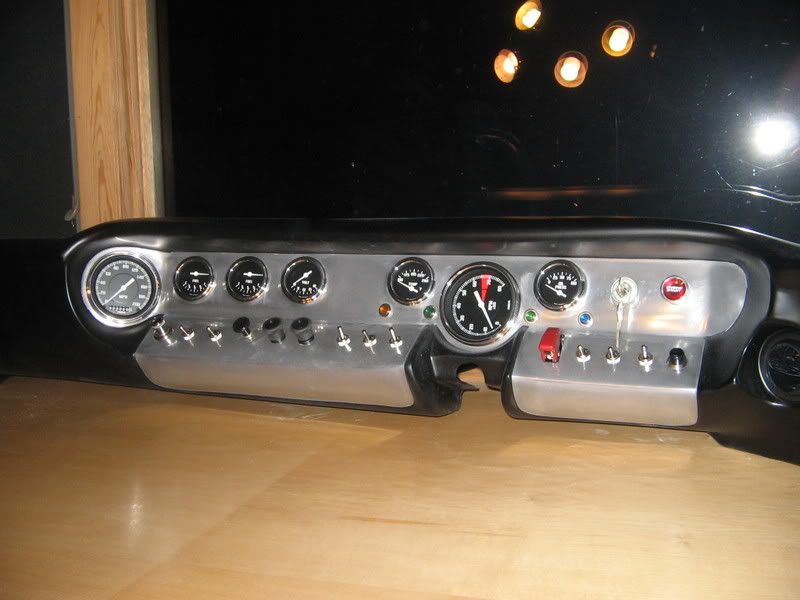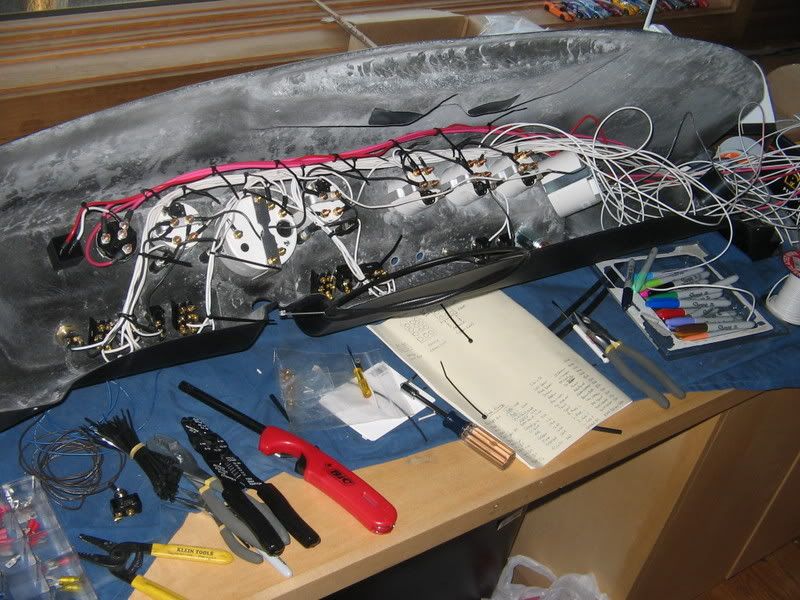I have read through most every wiring thread I can find and one of the questions that remains for me is how to "daisy chain" gauge grounds. Do you simply run one main wire behind the gauges and splice off individual wire runs using something like this?
![Image]()
I am thinking of the Autometer light grounds where there is no post, just a wire coming out the back.

I am thinking of the Autometer light grounds where there is no post, just a wire coming out the back.







